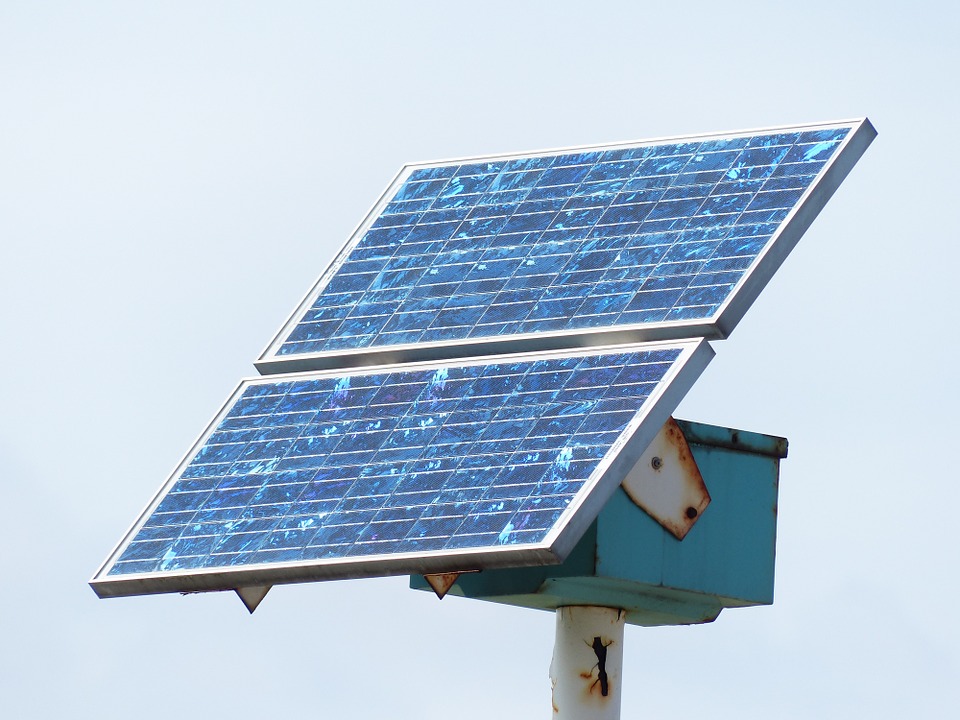If your solar panels get damaged, and you worry that they might represent a potential safety threat, you have come to the right place.
In this article, I will share with you all the essential things you must know regarding damaged solar panels, and more importantly, I will share what to do with broken solar panels.
SolarDorm is the best pick if you want to learn every detail about solar panel technology. Keep your focus high and follow me through this guide!

What to Do With Broken Solar Panels?
If you are unsure what to do with broken solar panels, you are not the only one. When installing solar panels, many people do not consult with the solar panel team about what they can do if the panels get damaged. And it is okay. That’s why I am here; To share my expertise on this topic with you.
After you notice a broken solar panel, you must carefully inspect it and see the severity of the damage. As manufacturers build solar panels to be extremely tough and withstand all kinds of extreme weather, they should not suffer any serious damage except when vandalism is in question.
The next thing you must do is call the solar panel company that installed the panels, and their team has to check out the damage. From there on, they can advise whether to keep the broken solar panel or replace it with a new one.
Test the panel’s power output using a voltmeter
After briefly seeing what to do with broken solar panels, I would like to dig deeper into potential solutions and fixes.
The first thing I would like to suggest is to test the panel’s power output by using a voltmeter. Whenever you see some damage on the solar panel, it does not automatically mean it is broken and not working.
So, before calling the solar panel company and paying money for no reason, you can take the job into your hands and test the panel’s power output. If you do not notice any current, the panel is dead, and you will have to replace it.
On the other hand, if there is a current, compare that value to the estimated value in the manufacturer’s specifications. You can keep utilizing the solar panel if the difference is not major. You will want to call the solar panel company if the difference is significant.
Call the solar panel company
After you have done your inspection and concluded that you are still unsure what to do with broken solar panels, the next thing you can do is call the solar panel company. Their team will do all the necessary professional checks up, and they will advise whether you can keep or you need to change the broken solar panels.
If you need to change the broken panels, you can ask them what they do with the broken solar panels, as it is good to ensure that they will take them to a proper recycling center.
Read more: What Are the Limitations of Using Solar Energy?
Try fixing them
Finally, the last thing you can do when you deal with broken solar panels is to try to repair and fix them. Of course, this only stands when the damage on the solar panels is minimal and does not affect solar energy production.
On the other hand, if there are large cracks and serious damage, unfortunately, you will not be able to fix the solar panels. However, there are two ways you can try and fix broken solar panels.
Polyurethane (you can also use any waterproof resin)
If you want to fix and further protect minor cracks in the solar panels, you can try using any waterproof resin or polyurethane. Before applying it to the solar panels, you will have to wash them thoroughly.
Then, you will have to carefully follow the instructions to properly mix the resin and then pour it all over the panel.
You can use a brush to distribute the resin evenly across the solar panel until you achieve a thin, transparent, and even layer.
Transparent laminating film
The second thing you can do is seal laminating film on top of the broken glass. You can do so by using a heat gun and attaching the film to the edges of the solar panel. Ensure that there are no creases so that water nor any other unwanted substances can go through the protective layer.